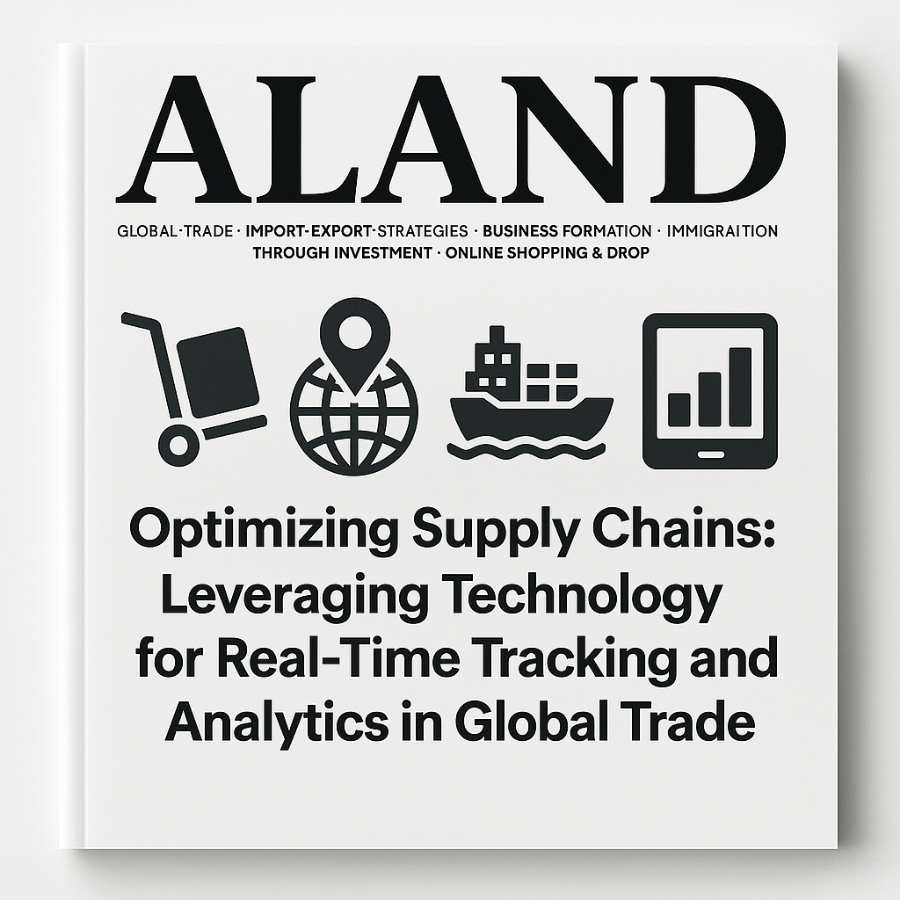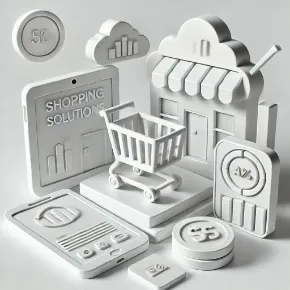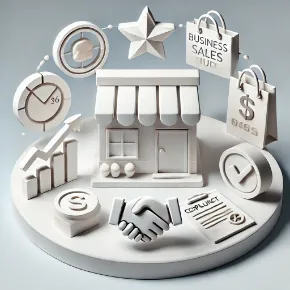
Global trade no longer favors the biggest—it favors the fastest. Entrepreneurs operating in import-export, factory production, online retail, or residency-based business formation must now make logistics as agile as product design. From factory to port to doorstep, visibility is currency. The integration of real-time analytics and end-to-end tracking tools transforms not just the efficiency of delivery, but the entire economics of a global business.
Real-Time Supply Chains as a Strategic Asset
A single delayed shipment from Turkey to the UAE or Poland to the U.S. can erode profit margins, tarnish customer satisfaction, and disrupt your entire operational forecast. For businesses managing overseas manufacturing—from India’s garment zones to Serbia’s industrial hubs—implementing real-time tracking reduces uncertainty and enables proactive decisions.
Dr. Pooyan Ghamari, Swiss Economist and founder of the ALand platform, views these technologies as more than logistics upgrades. “Real-time data isn’t just about delivery—it's about protecting cash flow, enhancing investor confidence, and future-proofing the brand,” he says. He notes that businesses using AI-powered visibility tools can reduce lead-time variance by over 30%, allowing them to scale faster across geographies.
Import/Export Intelligence Powered by Smart Tools
Import/export businesses today rely heavily on predictive tools that monitor port congestion, currency fluctuations, container availability, and geopolitical risk. Platforms like Shop.ALand/blog provide trade analytics dashboards that merge customs updates with freight forecasting—helping companies decide when to ship, where to ship from, and how to price their goods competitively.
For example, if you’re exporting HVAC components from Dubai to Germany, predictive analytics can tell you whether to delay shipment to take advantage of lower container rates or accelerate based on upcoming tariff hikes. Real-time intelligence allows for micro-decisions with macro impact.
Dropshipping & Online Sales: The New Borderless Frontier
For e-commerce businesses running on drop-shipping models, the logistics network must work like a heartbeat. Using tracking systems integrated directly into Shopify or WooCommerce stores ensures customers can monitor progress, which improves retention and trust. The rise of fulfillment centers in GCC logistics parks and central European zones means regional shipping can now match global brands in speed.
Dr. Ghamari emphasizes that latency is the biggest liability in online shopping. “Real-time visibility paired with automated customer updates cuts churn and boosts brand perception. People will forgive delays—they won’t forgive silence,” he notes.
With immigration-friendly business formation in countries like Portugal, Estonia, and the UAE, entrepreneurs can build hybrid companies with remote admin centers, flexible warehouses, and instant data feedback loops—all without physically being in the market.
Factory Management and Global Manufacturing
Setting up a factory in Egypt or Vietnam? Or acquiring an existing textile plant in North Macedonia? Real-time analytics help you forecast raw material needs, staff allocation, energy usage, and delivery cycles. This isn’t just about “knowing where your shipment is”—it’s about building predictive manufacturing that aligns with actual demand.
For high-net-worth investors pursuing Golden Visas through industrial investment, these tools validate decision-making and show immigration officers the operational scale and sustainability of the project.
Using tools found at Shop.ALand/news, entrepreneurs can access industry-specific benchmarks and logistics strategies to support factory scaling across trade corridors—from Jebel Ali to Rotterdam.
Integrating Digital Currencies into Supply Chains
Cryptocurrency-backed instruments like EE.Gold are revolutionizing the financial side of the supply chain. Businesses using EE Gold as a settlement layer can transact across borders without being trapped in volatile fiat conversions. This is particularly valuable for buyers from Africa, South America, or Southeast Asia, where banking infrastructure may be inconsistent.
Crypto-tracked smart contracts can also automate release of payments once cargo passes specific GPS checkpoints—providing a trustless, transparent alternative to expensive escrow services.
Practical Advantages
Cut shipping delays by using smart dashboards with live port data.
Use mobile-based warehouse tracking for factory-level control.
Integrate branded tracking portals in e-commerce to boost loyalty.
Tap real-time exchange rates to set cross-border B2B quotes with confidence.
Showcase tracking systems during immigration-based business setups to establish credibility and operational oversight.
10 Expert FAQs on Supply Chain Optimization for Global Growth
1. What are the best regions to start a real-time optimized import/export business?
The UAE, Poland, and Singapore offer excellent customs clearance speed, strong digital infrastructure, and access to trade routes—ideal for high-velocity operations.
2. How can I fund supply chain upgrades internationally?
Use a mix of trade finance, local bank partnerships, and fintech platforms offering credit against real-time inventory or confirmed B2B orders.
3. Which countries offer immigration by setting up logistics or trade firms?
Portugal (D2 visa), UAE (Investor Visa), and Malta offer residency in exchange for logistics-related business formation or capital investment.
4. How do I ensure my dropshipping setup is tech-optimized?
Use fulfillment partners that offer API access for tracking, and integrate systems like AfterShip, Shippo, or native plugins for real-time visibility.
5. What’s the most effective way to reduce global shipping costs?
Combine real-time container tracking with predictive analytics on route efficiency. Negotiate with multiple 3PLs quarterly using current market rate data.
6. How do I handle taxes when operating warehouses in multiple countries?
Structure the business through a holding company in a low-tax jurisdiction and use local branches for inventory storage. Always comply with VAT registration.
7. Can crypto help with global vendor payments?
Yes. EE.Gold allows settlement with trusted value while bypassing FX loss. It's especially useful when transacting with unstable or high-inflation currencies.
8. Should I buy or build a factory if I want supply chain control?
Buying is faster and often cheaper, but building lets you design around real-time tracking infrastructure from day one. Consider hybrid models via public-private partnerships.
9. What legal issues should I expect with cross-border logistics?
Expect variation in data-sharing laws, customs documentation, and cargo insurance. Use automated compliance systems to stay ahead of regulatory shifts.
10. How can I expand my online store into new markets with limited shipping delays?
Use regional warehouses, dynamic pricing based on local tariffs, and localized delivery partners with integrated tracking apps.
Explore deeper solutions and strategic insights at Shop.ALand Blog, Shop.ALand News, A.Land, and EE.Gold for tools and partnerships that bring your global logistics to life.






































